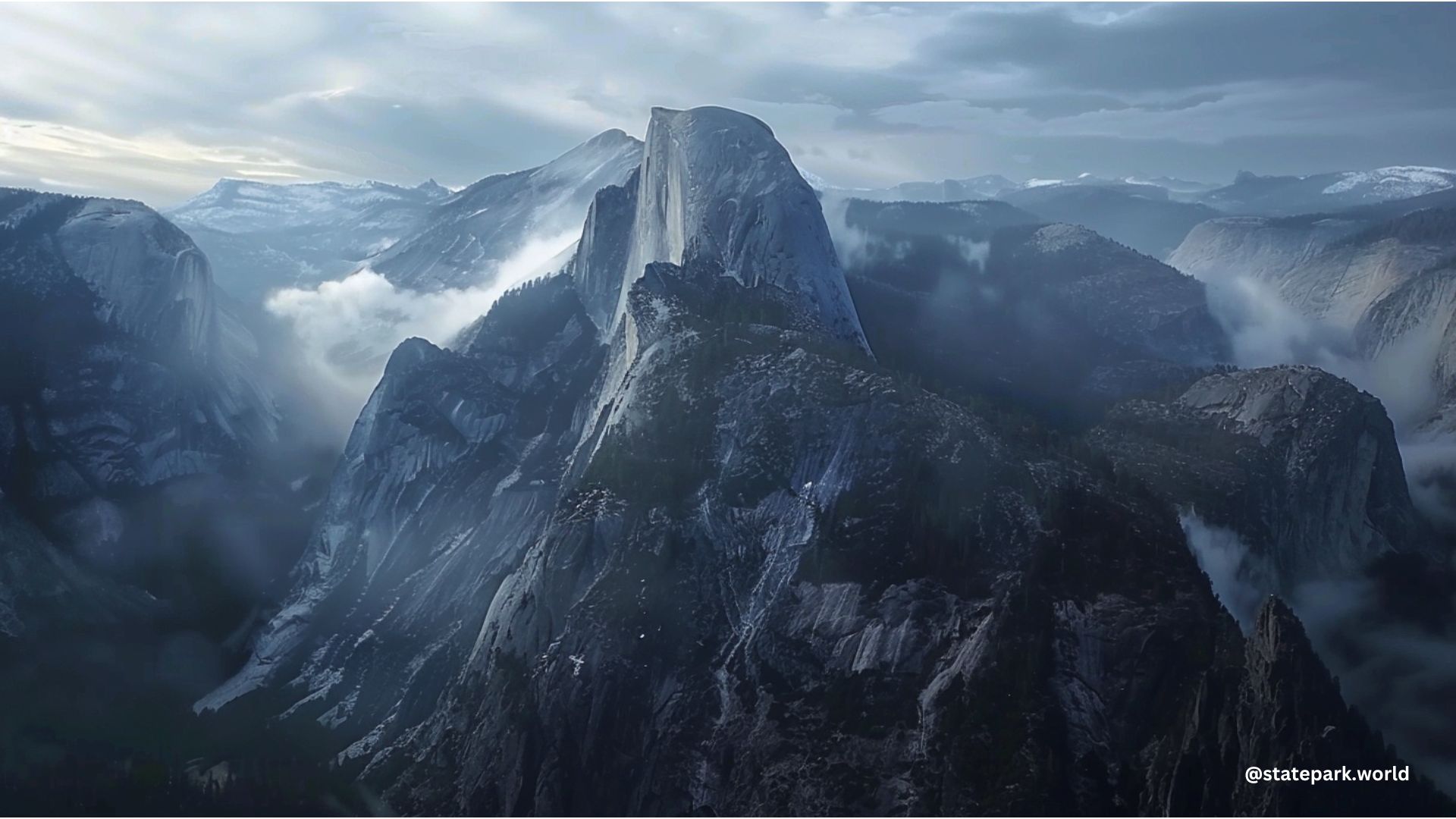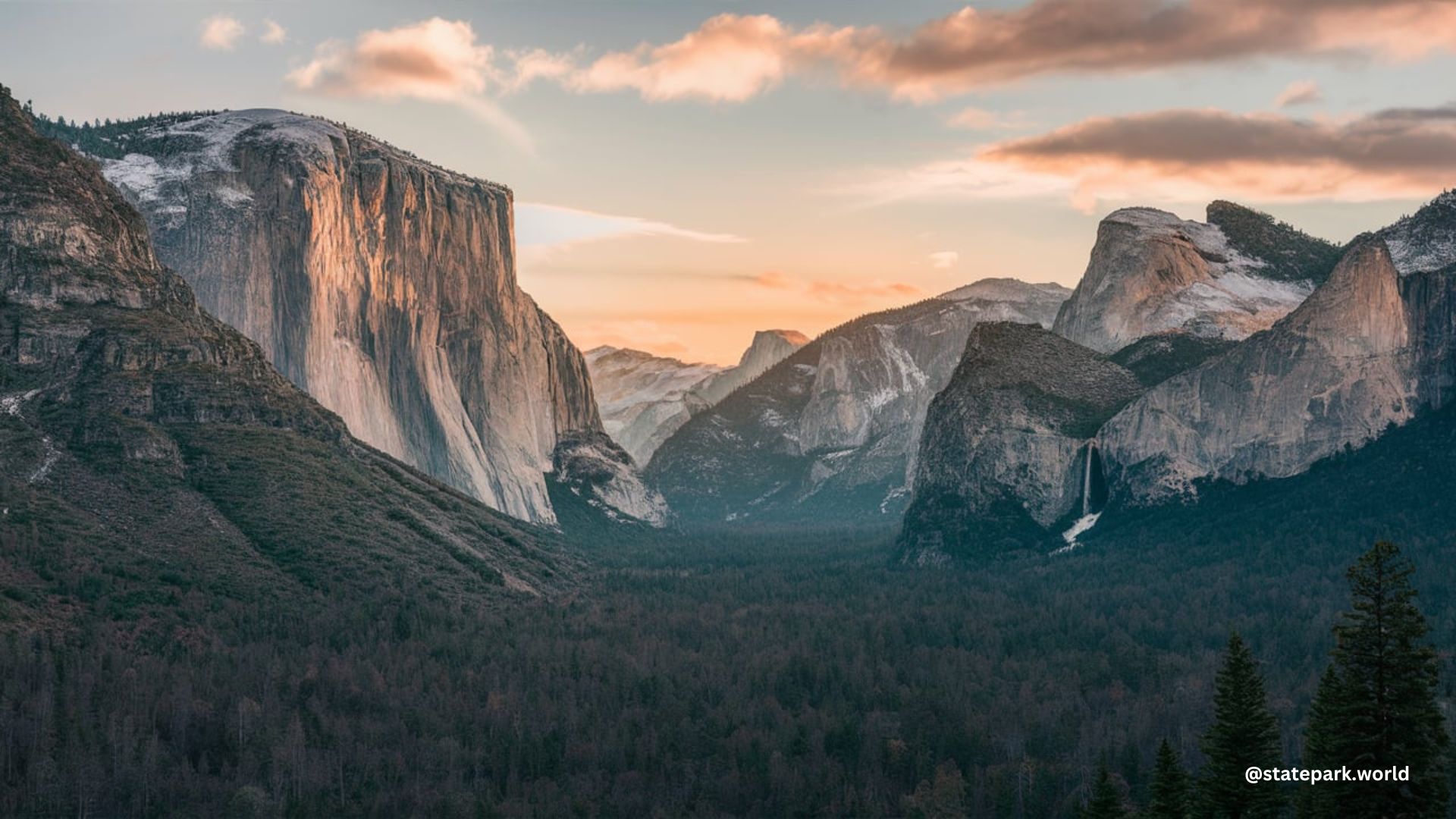Yosemite National Park is a natural wonder that boasts a remarkable diversity of biomes, each with its unique flora and fauna. From the lush temperate deciduous forests to the rugged alpine zones, this iconic park offers a captivating glimpse into the intricate web of life that thrives within its boundaries. Join us as we delve into the fascinating biomes that make Yosemite a true gem of the natural world.
The Temperate Deciduous Forest Biome
The temperate deciduous forest biome is a prominent feature of Yosemite National Park, occupying the lower elevation zones of the Foothill-Woodland Zone (1,800 — 3,000 feet or 549 — 900 meters) and the Lower Montane Forest (3,000 — 6,000 feet or 900 — 1,800 meters). This biome is characterized by a climate that features warm, moist summers and cool, dry winters, providing the perfect conditions for a diverse array of plant and animal life.
In the Foothill-Woodland Zone, visitors can expect to encounter oak trees, gray pines, and a variety of wildlife, including deer, bears, and coyotes. The Lower Montane Forest, on the other hand, is a blend of coniferous and deciduous trees, such as ponderosa pines, incense cedars, and black oaks. This biome is also home to a rich diversity of wildlife, including black bears, mountain lions, and a variety of bird species.
The Subalpine Forest Biome

As you venture higher in elevation, you’ll encounter the Subalpine Forest biome, which spans the 8,000 — 9,500 feet (2,450 — 2,900 meters) range. This biome is characterized by a harsh, cold climate, with long, snowy winters and short, cool summers. The Subalpine Forest is home to a unique assemblage of plant and animal species that have adapted to thrive in these challenging conditions.
The dominant tree species in the Subalpine Forest include whitebark pine, mountain hemlock, and subalpine fir. These hardy trees are able to withstand the intense winds, heavy snowfall, and short growing season that define this biome. The Subalpine Forest is also home to a variety of wildlife, such as the elusive wolverine, the majestic bighorn sheep, and the iconic American pika.
The Alpine Zone Biome
Reaching the highest elevations of Yosemite National Park, we encounter the Alpine Zone, which spans the 9,500 — 13,000 feet (2,900 — 3,900 meters) range. This biome is characterized by an extreme, arctic-like climate, with freezing temperatures, high winds, and a short growing season. Despite these harsh conditions, the Alpine Zone is home to a unique and resilient community of plants and animals.
The dominant vegetation in the Alpine Zone includes low-growing, hardy plants such as cushion plants, alpine wildflowers, and dwarf shrubs. These species have evolved adaptations to withstand the intense environmental stresses, including wind, cold, and limited soil nutrients. The Alpine Zone is also home to a variety of wildlife, including the pika, the marmot, and the elusive Sierra Nevada bighorn sheep.
Exploring Yosemite’s Biomes
Visitors to Yosemite National Park have the opportunity to explore these diverse biomes through a variety of activities, including hiking, camping, and rock climbing. The park offers a vast network of hiking trails, ranging from easy walks to strenuous climbs, allowing visitors to immerse themselves in the unique ecosystems and witness the incredible natural beauty of the park.
For those seeking a more immersive experience, Yosemite’s campgrounds offer a range of options, from developed sites with amenities to backcountry sites that require hiking to access. Camping in the park allows visitors to fully appreciate the tranquility and wonder of Yosemite’s biomes, from the temperate deciduous forests to the rugged alpine zones.
In addition to hiking and camping, Yosemite is renowned for its world-class rock climbing opportunities. The park is home to iconic climbing destinations, such as El Capitan and Half Dome, which offer thrilling challenges for experienced climbers and awe-inspiring views for spectators.
Visiting Yosemite National Park
Accessing Yosemite National Park is relatively straightforward, with a range of entry options and fees. A seven-day vehicle pass costs $35, while a one-day vehicle pass is $30. Motorcycle passes are $30 for seven days and $25 for one day. Pedestrians and bicyclists can enter the park for $20 for seven days, and children under 15 are free.
Whether you’re a seasoned hiker, a rock climbing enthusiast, or simply a nature lover, Yosemite National Park offers a truly remarkable and diverse array of biomes to explore and appreciate. From the lush temperate deciduous forests to the rugged alpine zones, this iconic park is a testament to the incredible richness and resilience of the natural world.

